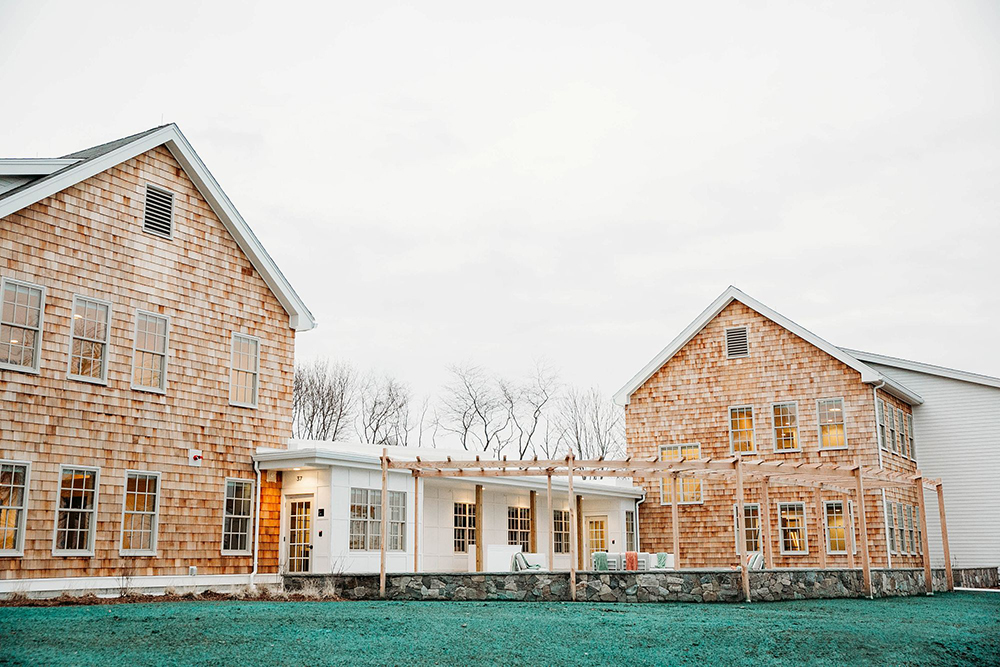Appealing residential retirement properties by Stedronsky
For years appraisers and assessors have struggled over the best way to isolate the value of real estate from the going concern value of an assisted living facility or similar residential retirement property. Except in rare instances, such retirement properties are sold as going concerns and, rarely, if ever, is real estate only sold. Accordingly, there is no sales data to properly analyze real estate value only. And, no appraiser has come up with a convincing means of isolating the real estate value.
Yes, there is a simple formula: Real estate value = Going concern value – (FFE and Business value). The problem is quantifying business value in a manner that is simple enough to convince an assessor or court. Usually, the appraiser determines (guesses) the business value component of this equation based on his/her experience. Or the appraiser uses a formula determined by HUD or some other governmental agency. Sometimes the appraiser looks to cases to see what courts have used. (20% seems to a convenient number for many appraisers.) But, in the end, each of these methods is somewhat arbitrary and is not based on market data.
Having handled many of these cases, I have found that, regardless of the type of retirement property, the most effective way to resolve an appeal of a retirement property is to evaluate replacement cost.
There are a number of reasons for this approach.
First. Any analysis based on the property’s replacement cost, makes intuitive sense both to assessors and courts. There are no considerations of business value to contend with. Further, every assessor’s card has a replacement cost analysis, while many do not have any an income analysis.
Second. Most players in the market consider building a facility as an alternative to buying. The precise location of an assisted living community is not as crucial as the required location for a retail property. The location can be within a larger, target area. Also, there is competitive value to being the newest, most modern retirement facility. Accordingly, construction is usually a very viable alternative to purchasing a property. (This is not true of entry-fee CCRC’s but this article is too short to address this.)
Third. Often an income approach leads to an extremely high valuation of the going concern and it is impossible to convince an assessor that the property owner shouldn’t pay similarly high taxes. Alzheimer facilities are a good example. Even up-scale Alzheimer facilities are often built to a B- minus or C grade of construction. The facility does not need the same level of finish or the same public spaces as does an up-scale, assisted living facility. And these facilities are often money-making machines. One can talk until they are blue in the face that the business value should be 50% of the sales price of such a facility, but no one is going to listen. Not even one’s own appraiser will be convinced.
Fourth. Because construction values do not vary wildly over a region, the assessor will often consider construction costs used by other assessors. This is not true of valuations based on income where it can vary greatly from town to town.
Finally, often the assessor has made an extreme error in his/her cost analysis. Either s/he is extremely high on the value of the land or extremely high on the cost of improvements. Why? Because it is not unusual for an assessor to attempt to back into a number such as the recent sales price of the property as listed on a conveyance tax return. So, the assessor may value the improvements accurately, but then uses the value of the land as the balancing figure to increase the assessment to his/her target valuation. Or, similarly, the assessor can have an accurate assessment of the land but increases the improvements to reach his/her target valuation.
The Bottom Line: When taking a tax appeal of a residential retirement facility, the owner and its attorney should first analyze value as discussed and approach the assessor correcting the assessor’s own cost analysis. Addressing replacement cost can be a very effective means of resolving a tax appeal on terms deemed equitable by both the owner and the assessor.
James Stedronsky is principal at Stedronsky & Meter, LLC, Litchfield Conn.
Preservation of Affordable Housing secures $23.5 million in financing from Rockland Trust and Citizens Bank

Conn. hospitality market: A technical appraisal perspective on market dynamics and valuation challenges (2019-2025)











